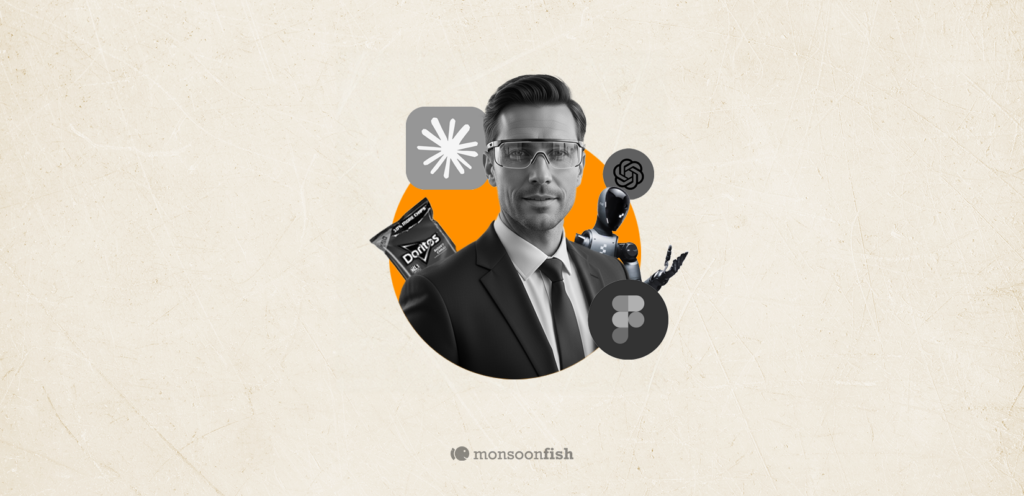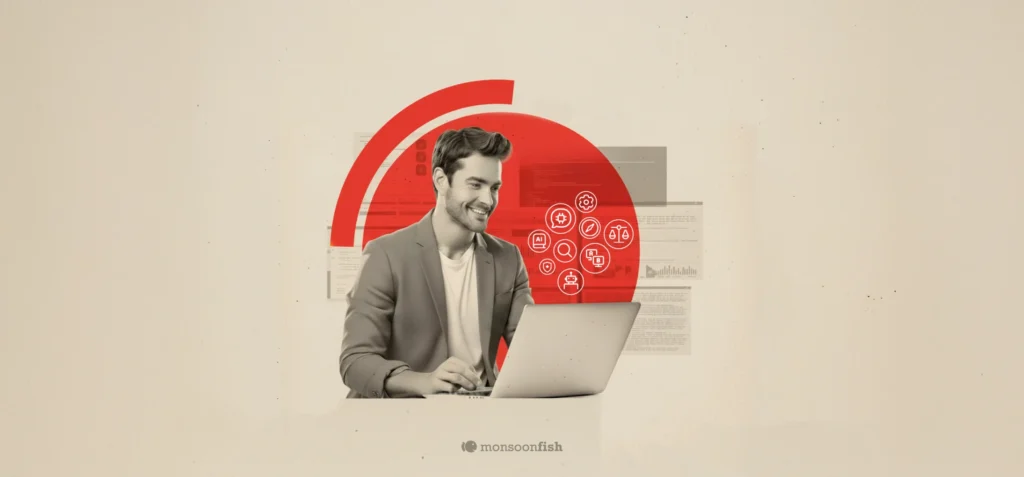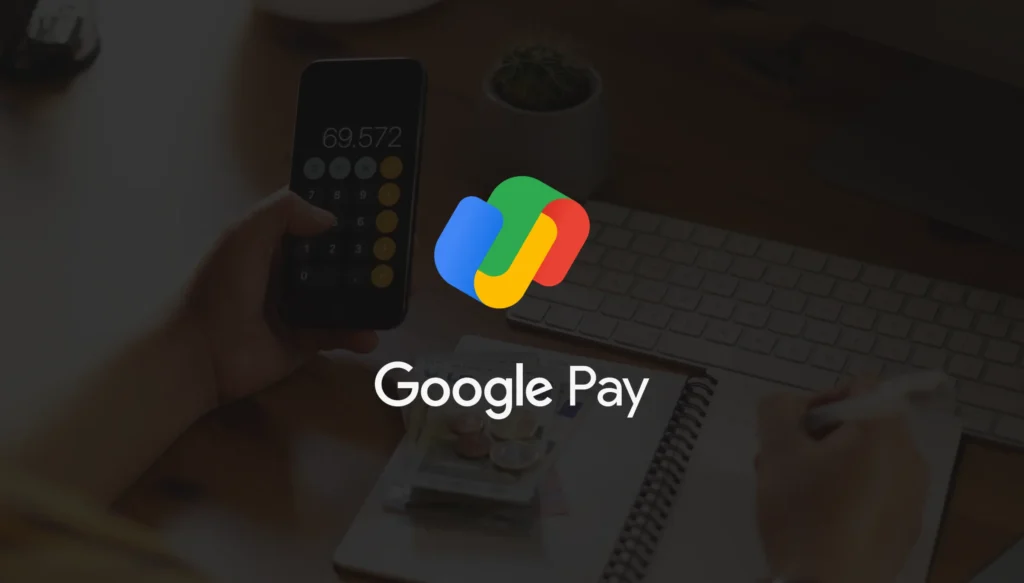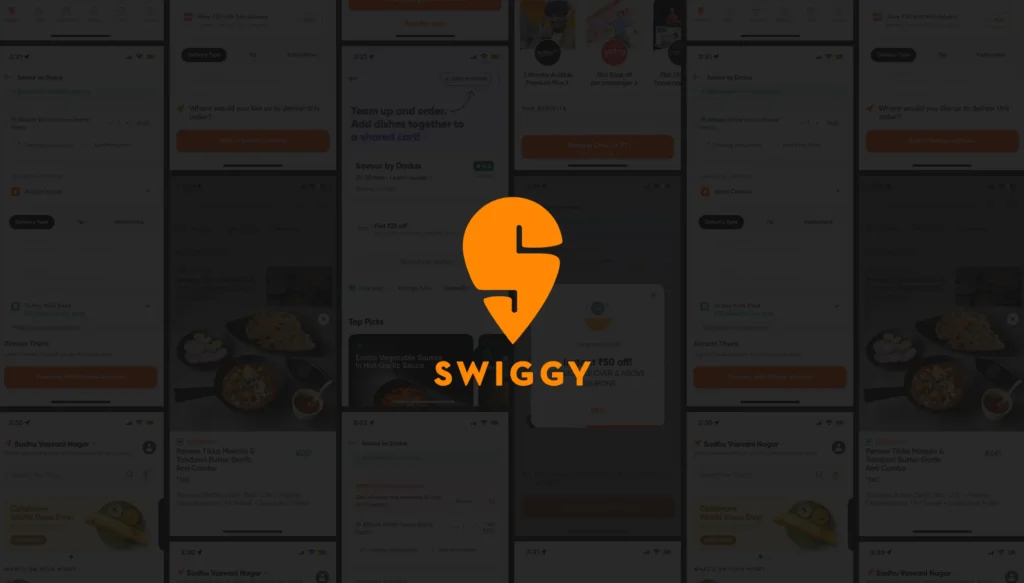Customization and Personalization in UX Design for Delighting the User
The magic of personalization is it creates a virtual space that adapts to user preferences, anticipates their needs, and feels like it was specially crafted just for them leaving them with an unforgettable experience.
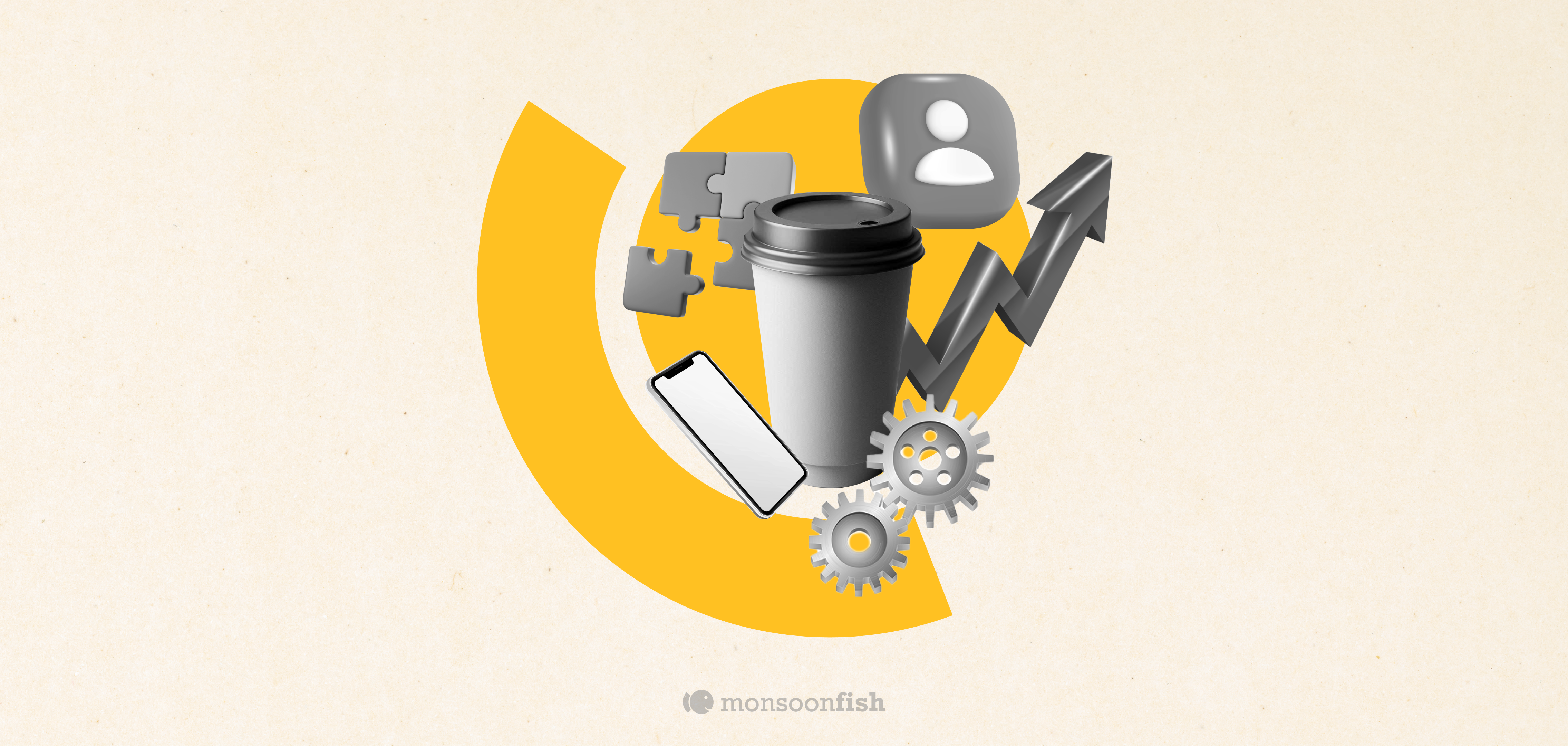
CONTENTS
Why Personalization MattersThe Impact of Personalization on User ExperienceLeveraging Personalization and Customization for Compelling Digital ExperiencesCrafting Customized Experiences: Strategies for PersonalizationSuccessful Personalization in Products We All UseThe Future of PersonalizationSocial Share
CATEGORIES
In the ever-changing digital landscape, where user expectations are evolving, personalization highlights the importance of user-centric design. By adding a touch of personalization to their UI/UX Design, product owners are able to engage users on a deeper level, making every interaction with technology not only intuitive but also delightful to use. The magic of personalization is it creates a virtual space that adapts to user preferences, anticipates their needs, and feels like it was specially crafted just for them leaving them with an unforgettable experience.
Why Personalization Matters
Personalization is the key to creating a memorable and impactful user experience. By focusing on the user’s individual needs and preferences, designers can create experiences that not only engage but also delight and surprise users. Personalization goes beyond simply customizing colors or fonts; it involves understanding the user’s behaviors, preferences, and goals. This knowledge allows design experts to create interfaces that are intuitive, efficient, and enjoyable to use. By tailoring the design to meet the unique preferences and needs of individual users, we can create a sense of connection and make them feel valued.
The Impact of Personalization on User Experience
Personalization has a profound impact on the user experience. When users feel that a product or service understands their needs and desires, they are more likely to engage with it on a deeper level.
-
User-Centric Engagement:
- Personalization transforms digital interactions into something more intimate and inviting. Imagine a world where every website, app, or service greets you like an old friend, remembering your preferences and anticipating your needs.
- When a digital experience feels like a warm, personal invitation, users are more likely to engage with it willingly. It’s akin to walking into a cozy café where the barista knows your usual order.
-
Threads of Personal Connection:
- Personalization weaves threads of user’s interests, and needs into the fabric of the user experience. It’s not just about displaying relevant content; it’s about understanding who you are.
- For instance, an e-commerce platform that suggests products based on your past purchases or browsing history creates a sense of continuity. It’s like having a personal shopping assistant who knows your taste.
-
Recognition and Value:
- Feeling recognized and valued is powerful. When users encounter personalized recommendations or tailored content, they perceive that the product or service understands them.
- For example, a streaming service which immediately suggests shows the users might enjoy based on their viewing history gives them recognition and makes them feel seen and appreciated.
-
Deeper Engagement:
- Personalization in UX goes beyond surface-level engagement. It encourages users to explore further, click more, and spend more time interacting.
- When a news app curates articles based on the interests of users or a fitness app adjusts workout plans to their fitness level, users are more likely to dive deeper into the experience.
-
Business Impact:
- Beyond user satisfaction, personalization has tangible benefits. It reduces bounce rates—users are less likely to abandon a site or app if it caters to their preferences.
- Repeat visits become a natural consequence. When users find value in personalized experiences, they return for more. This loyalty is a goldmine for brands.
-
Building Brand Loyalty:
- Personalization isn’t just about transactions; it’s about building relationships. Brands that consistently deliver personalized experiences build strong brand loyalty.
- Whether it’s a travel app suggesting destinations users love or a music platform curating playlists based on their mood, these suggestions and recommendations create emotional connections.
By tailoring experiences to match user preferences, we create delight, foster loyalty, and make the digital world feel uniquely theirs.
Leveraging Personalization and Customization for Compelling Digital Experiences
Creating a digital platform that resonates with users on a personal level isn’t just a trend—it’s a necessity in today’s online world. By crafting experiences tailored to individual preferences and needs, UX Design Services can dramatically improve user engagement and satisfaction. Let’s explore how customization options and data-driven design decisions play pivotal roles in this process.
Customization Options
Personalization in UI/UX design allows users to tailor their digital experience by choosing themes or layouts, setting preferences for displaying content. For instance, a news app can prioritize topics of interest, ensuring relevant stories are displayed first. This customization fosters a satisfying and engaging user experience.
Data-Driven Design Decisions
Personalization in UI/UX design involves understanding users through data analysis. For instance, if most users prefer a simplified interface, designers can adjust the design accordingly. The goal is to anticipate user needs and create an intuitively personalized experience.
Crafting Customized Experiences: Strategies for Personalization
- Conduct UX Research: Gather data that is relevant to the user’s preferences, behaviors, and goals.
- Create user personas: Develop user personas that represent different user types and their preferences.
- Tailor the user interface: Customize the interface to match the preferences and needs of each user type.
- Provide personalized recommendations: Use user data to offer personalized recommendations and content.
- Test and iterate: Continuously test and iterate on the design to ensure it meets the needs of users.
By following these best practices, designers can create a personalized user experience that enhances engagement and satisfaction.
Successful Personalization in Products We All Use
Several companies have successfully implemented personalization in their UI/UX design. One such example is Netflix, which uses user data to provide personalized movie and TV show recommendations. By analyzing user viewing habits, Netflix is able to suggest content that aligns with the user’s preferences, resulting in a highly engaging and addictive user experience. Another example is Amazon, which tailors its product recommendations based on user browsing and purchase history. By providing personalized recommendations, Amazon creates a user experience that feels tailored to each individual user, leading to increased engagement and sales.
The Future of Personalization
As technology continues to advance, the role of personalization in UI/UX design will only become more prominent. The ability to create interfaces that are tailored to the unique preferences and needs of individual users is crucial in today’s competitive landscape. By embracing personalization, Monsoonfish designers have been crafting delightful user experiences that drive engagement, satisfaction, and loyalty. As we look to the future, it is clear that personalization will be a key factor in shaping the UI/UX design industry and revolutionizing the way we interact with technology.
Partner with us today to unlock the magic of personalization in UI/UX design today and create an unforgettable user experience that will leave your users coming back for more!
CATEGORIES
